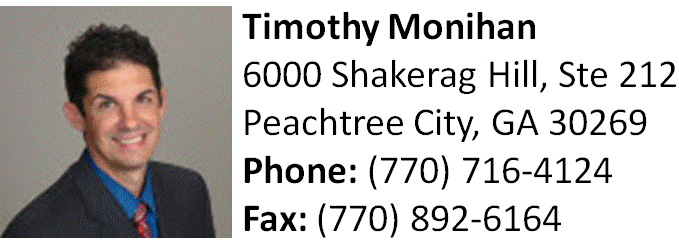Danish schools offer less pressure in learning
January 30, 2023
I have been at Starr’s Mill for more than a semester now, which means that I have seen many of the differences between here and my Danish school.
Denmark has many daycare opportunities even for toddlers and a kind of preschool. Our system goes from 0th grade when kids are about 6 years old to 9th grade about 15 or 16 years old. Afterward, we have an opportunity to take 10th grade and it could be at something called efterskole, which is a type of boarding school that many students enjoy.
Then at the age of about 16, you can go to high school or trade school either a business kind HHX, technology HTX, or a basic kind, STX.
High school is usually three years and afterward, people take a gap year, which is awesome because you get to work and earn money to travel around the world, which a lot of people do. People go to university and apply to a certain major like medical school based on the average of their grades.
The Danish taxes are higher than the American. This means that we have a free and great education system including free college. Yep, you heard right: We do not have to pay any money to go to school. In fact, when we turn 18 we get money from our government to go to school. This means that there is less pressure on the students to make good grades to get into a good college or get scholarships.
I have had almost all of my classes with the same people throughout school. When I start high school I choose a path of classes to take that puts me in a class. Therefore, I get close to the people in my classes, which I really like. We usually stay in the same classroom all day except for classes like science, PE, and electives.
Also, my schedule changes every day and every week, which means that my days often look different. My class is about 1.5 hours and I usually have three to four a day. We have more interactions because of a lot of group work and teaching where we have to raise our hands. We get graded on our participation, assignments, skills, and collaboration, and it does not have to be perfect to get an A.
My high school day is usually from 8:10 to either 1:35 or 3:15. We do not have substitutes in high school, which means that the class normally would be canceled/postponed if the teacher is absent. However, we have a lot of “afleveringer” assignments outside of school without counting homework. We do have a lot of focus on the students well-being through activities and games to bring us closer to each other.
Another perk of our schools is that we have fewer rules. We do not need a pass to walk around the school. In fact, we do a lot of our group work outside of our classroom. Our absent system is also different. We do not have an attendance office or someone to check in/out with. We have written absences and physical presence in which they take a percentage of the assignments we have not turned in and the days we have not been at school and keep track of our absences.
Tests. I have never had this amount of tests before. In Denmark, we only have tests if we really need them unless it is the exams in May and June, which are required. Therefore, there is less pressure on students and we have more time to do our “afleveringer” that we get grades on.
We have many benefits in our school system that make it great and so different from what Americans are used to. We focus on less stress and pressure of student’s future/college.





